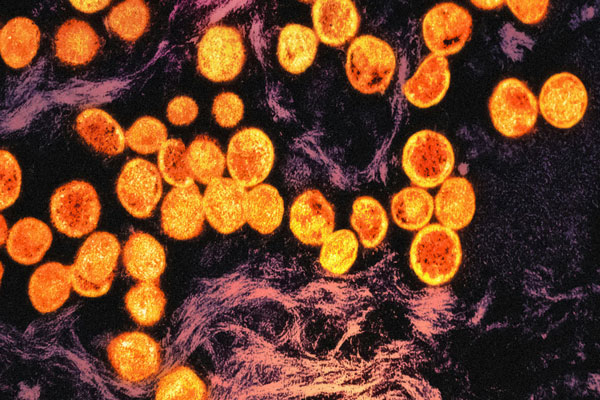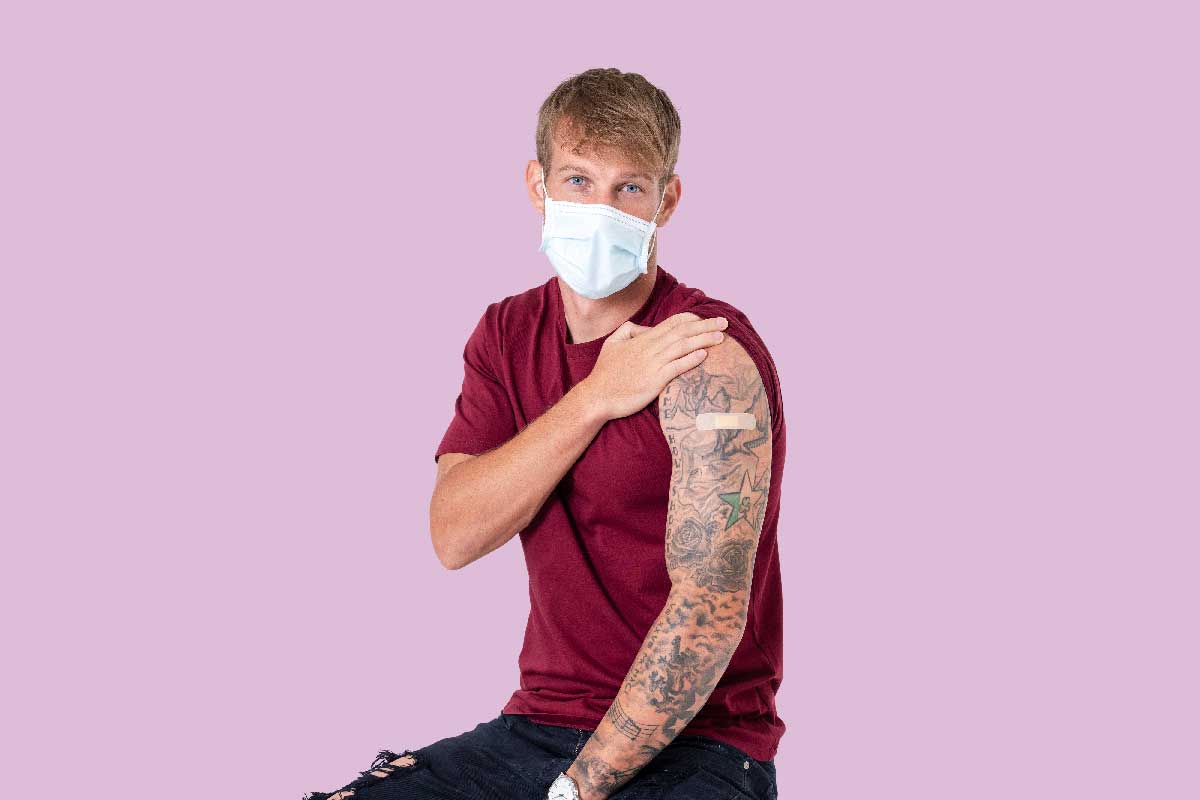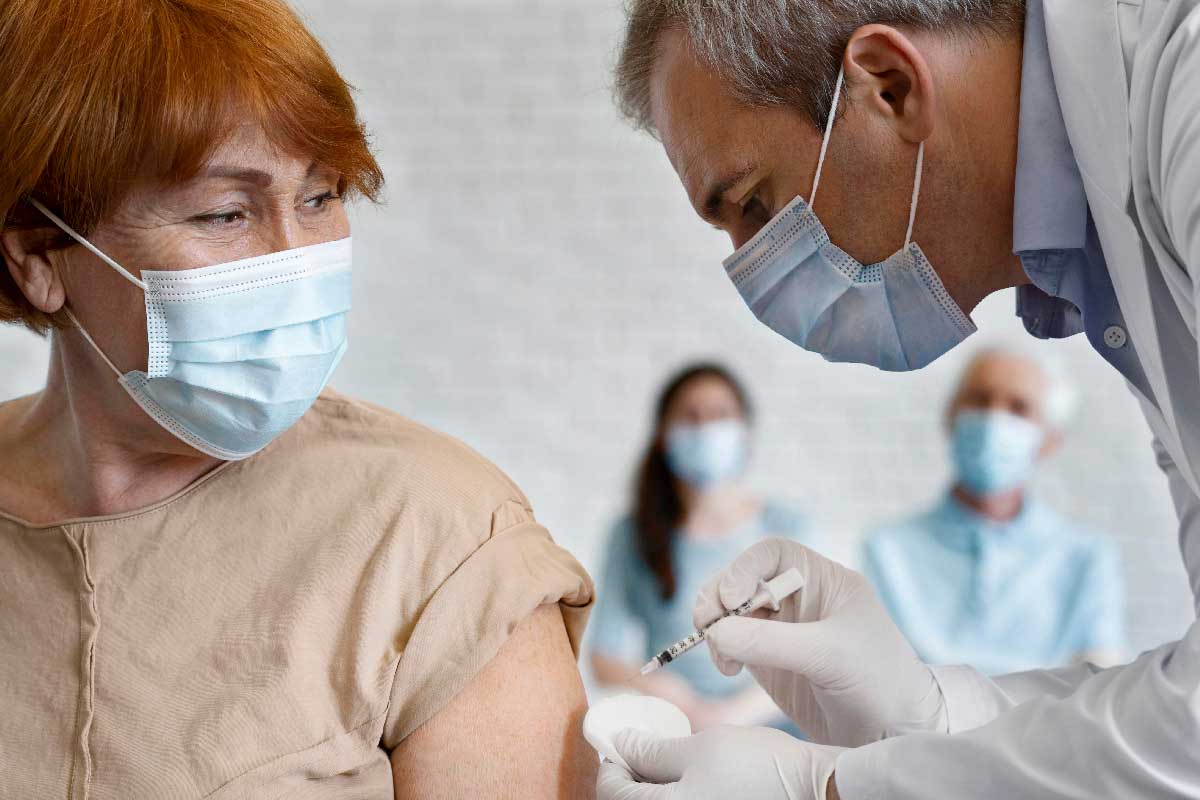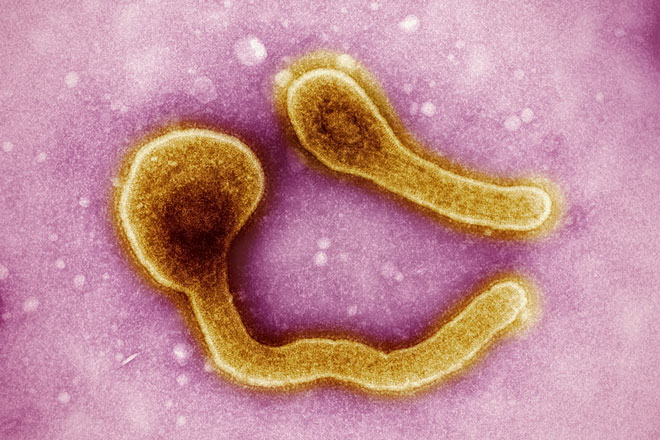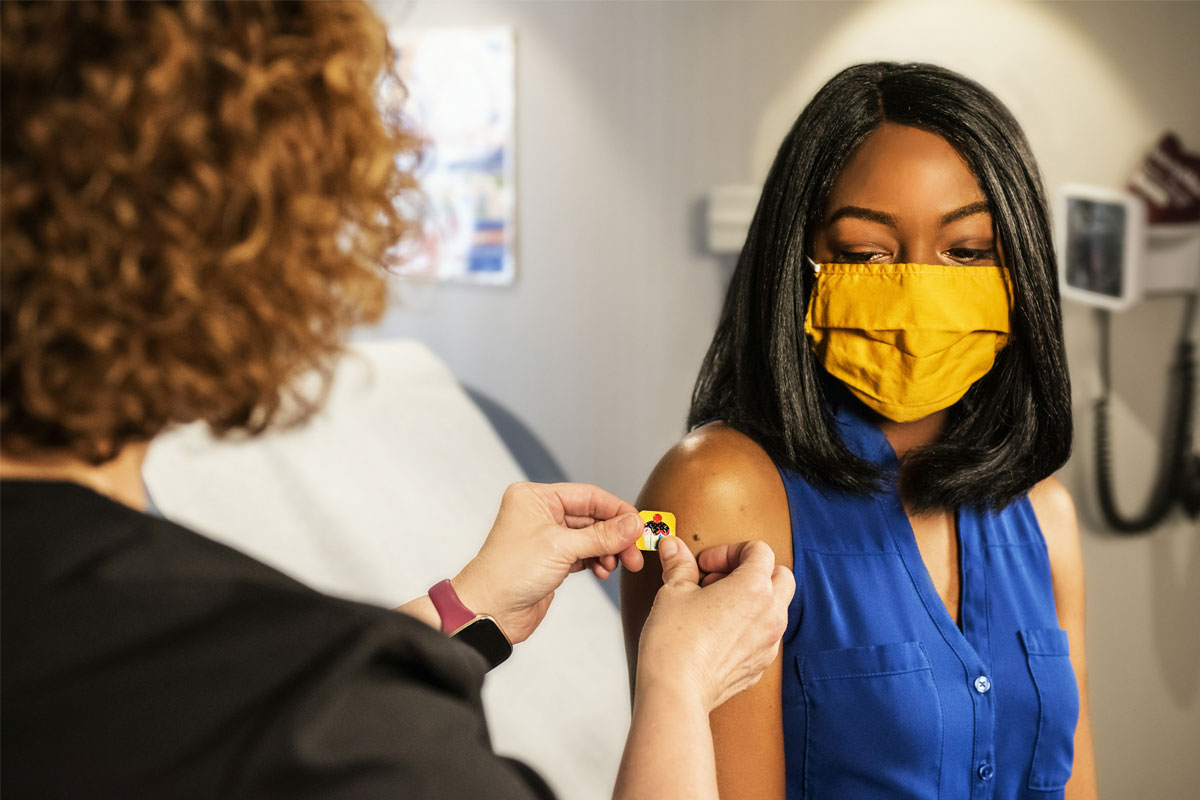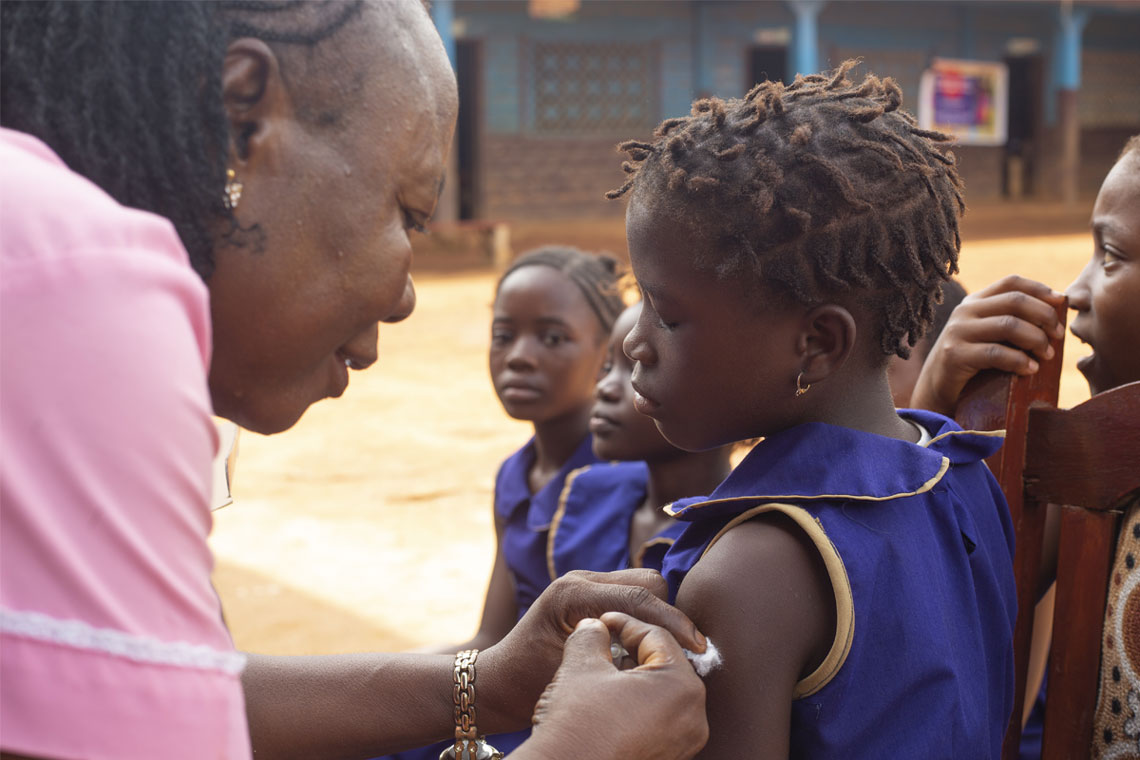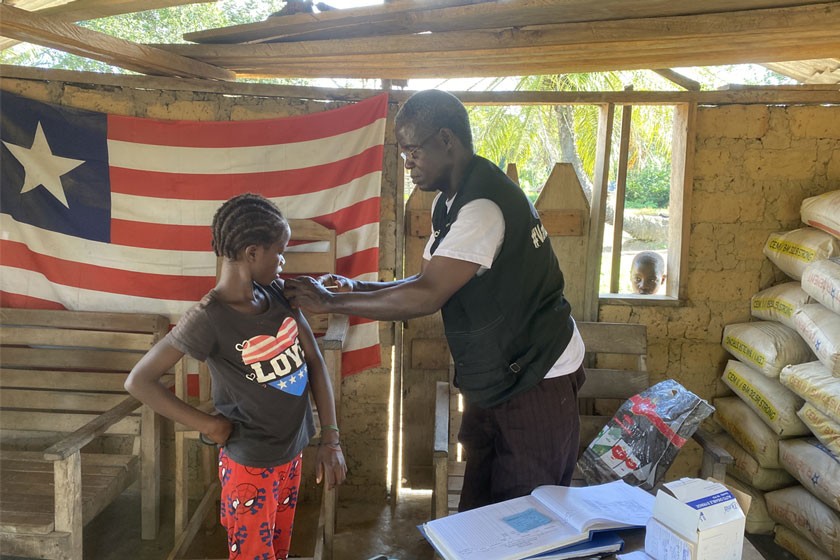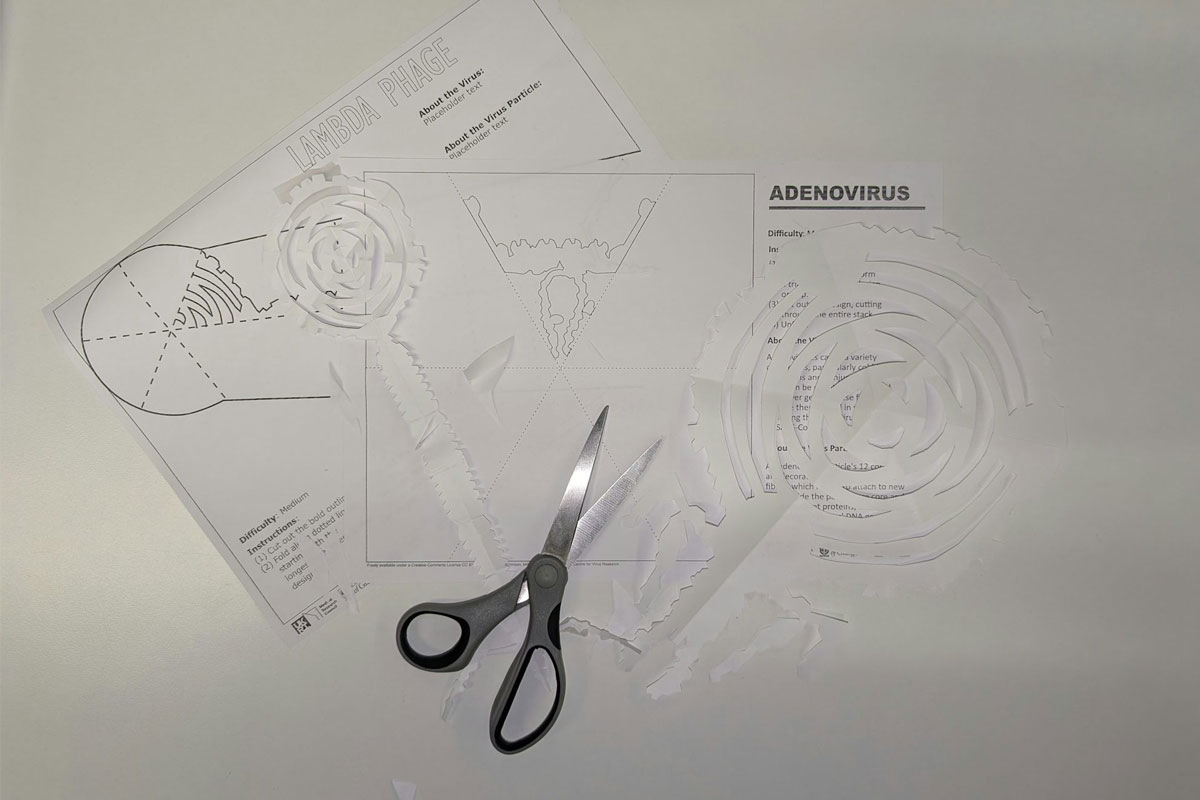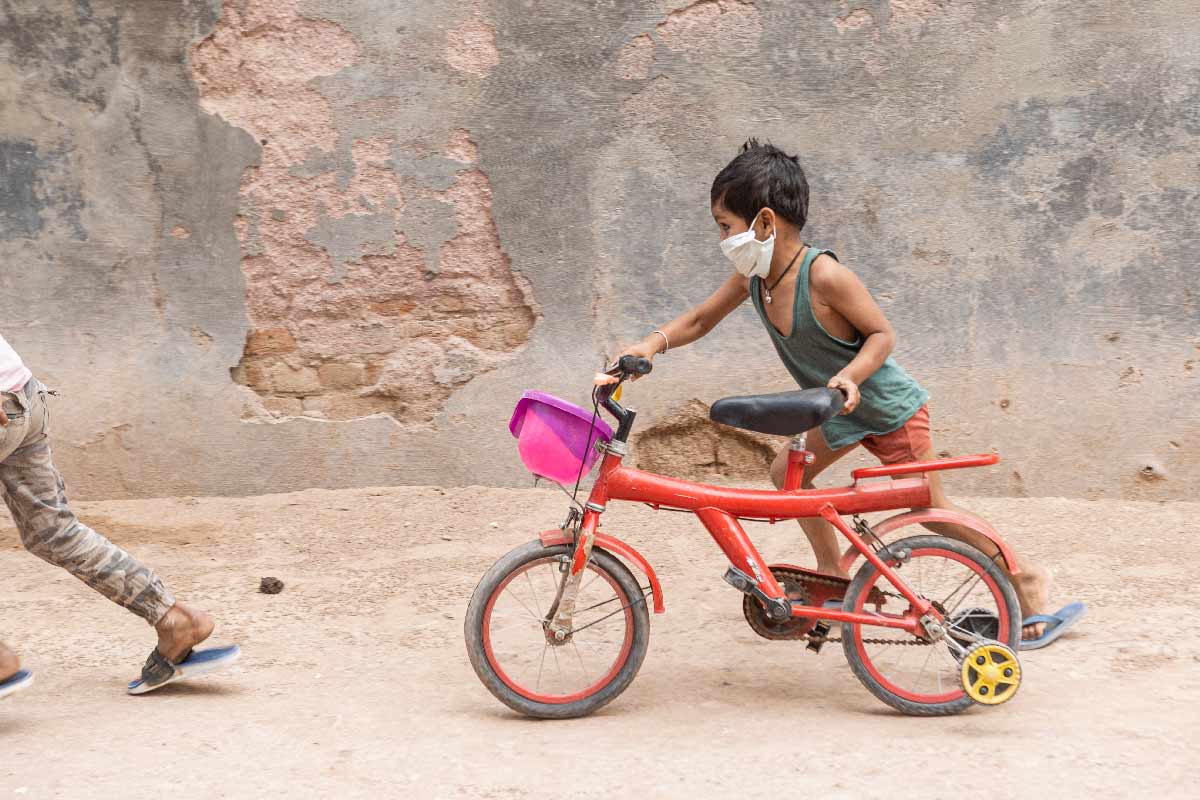What is the Ebola vaccine stockpile?
Ebola can kill 90% of those it infects, but with help from the global vaccine stockpile, every outbreak that has occurred since 2021 has been quickly contained.
- 30 April 2025
- 5 min read
- by Priya Joi
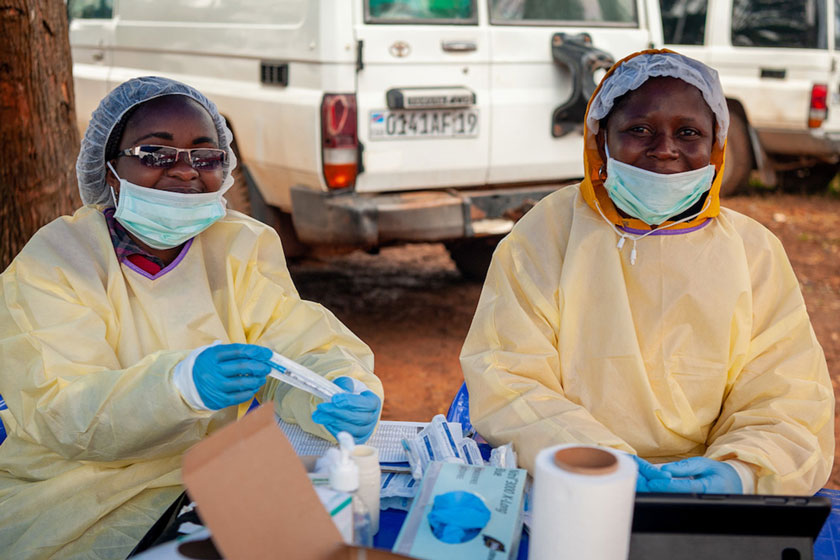
When Cheedy Jaja, professor of nursing at the University of South Carolina, started his shift in Sierra Leone’s Port Loko hospital early on 25 December 2014, he felt a potent mix of panic, fear and dread. An experienced nurse, when he heard about the Ebola outbreak in West Africa he answered “the calling” he felt to go and volunteer, he said.
But on his first day, he encountered a young patient lying dead on the floor, and thought: “God, I am no hero. Please get me out of here.” The hospital was shrouded, he said, in a “constant existential feeling of unsafety and heightened sense of doom”.
Few disease outbreaks have been as deeply traumatic as the 2014 Ebola outbreak in West Africa. By the time the outbreak stopped in 2016, nearly 30,000 had been infected and 11,000 people had died. The loss of life came with significant economic consequences too – the lost GDP is estimated to have been anywhere from US$ 2.8 billion to US$ 32.6 billion.
The affected countries – Guinea, Sierra Leone and Liberia – were unprepared to respond to a disease so deadly that it can kill 90% of those it infects and causes symptoms from vomiting and fever to bleeding from the eyes. These were countries where health workers were few and far between, and parts of the region were still emerging from conflict and civil unrest.
With no vaccine available at the start of the outbreak, control measures centred around ensuring that people had no contact with the bodily fluids of people who died of the disease – especially blood, faeces or vomit – as this is how the Ebola virus spreads.
This meant that the dead were buried in shrouds by health workers dressed like astronauts and loved ones could not be present, which caused extreme tension between local communities and health authorities.
The scale of the outbreak and the global health security risk it posed triggered a race to develop an Ebola vaccine.
In 2015, Merck’s rVSV-ZEBOV vaccine was given to people at risk of Ebola in Guinea on a “compassionate use” basis. The vaccine was studied in a trial involving 11,841 people. Among the 5,837 people who received the vaccine, no Ebola cases were recorded ten days or more after vaccination.
What is the Ebola vaccine stockpile?
It is a Gavi-funded, globally managed reserve of the rVSV-ZEBOV vaccine, established to ensure rapid, equitable access to life-saving immunisation during outbreaks.
Launched in January 2021, the stockpile is coordinated by the International Coordinating Group (ICG) on Vaccine Provision, which includes the World Health Organization (WHO), UNICEF, the International Federation of Red Cross and Red Crescent Societies (IFRC), and Médecins Sans Frontières (MSF).
Have you read?
The rVSV-ZEBOV vaccine is a single-dose, injectable vaccine developed by Merck. The stockpile is maintained at a target level of 500,000 doses, as recommended by the WHO’s Strategic Advisory Group of Experts on Immunization (SAGE).
The stockpile is truly global: any country that reports cases of Ebola can apply for doses and receive them quickly to help contain an outbreak, however Gavi-eligible low- and lower middle-income countries can access the stockpile free of charge and also receive critical operational support to deliver the vaccines.
The stockpile is stored in Switzerland and managed by UNICEF – when they’re needed, vaccines can be shipped to affected countries within seven days, complete with ultra-cold chain packaging (-80°C) to maintain vaccine integrity during transport.
Why do we need the stockpile?
Ebola outbreaks can spread with a ferocity that can outmatch control efforts. In the 2014 outbreak, before an Ebola virus was available, the virus spread up to 267 km per week in Guinea.
The stockpile is a key tool for global health preparedness. In enabling a coordinated, international response, it helps prevent local outbreaks from escalating into regional or global health emergencies.
Because these outbreaks are relatively rare and sporadic, there is no natural commercial market for the vaccine.
Without a stockpile, manufacturers would have little incentive to produce and maintain supplies, leading to shortages when an outbreak occurs. The stockpile model overcomes this by pooling resources and guaranteeing demand, ensuring that vaccines are available when needed.
The vaccine is reserved primarily for outbreak response, where a ‘ring vaccination’ strategy is mainly used. This means the contacts of an infected person – and those contacts’ contacts – are vaccinated to form a ‘ring’ around the confirmed case and stopping the infection spreading.
Secondarily, the stockpiles can also be repurposed in areas where there is a chance of Ebola outbreaks to preventively protect those at highest risk, such as health and frontline workers. These groups are often the first exposed during an outbreak and are critical to the response effort. This approach was first used to protect health workers in Sierra Leone in December last year.
“All Ebola outbreaks that have occurred since we had a stockpile were quickly stopped – thanks to the vaccines and rapid other response measures,” said Allyson Russell, an epidemiologist and senior programme manager in Gavi’s High Impact Outbreaks team.
Using the stockpile for prevention as well as response
A challenge in maintaining a stockpile is to ensure that doses are always available but that they’re not left to expire. “During periods where there are no outbreaks, we aim to make efficient use of the stockpiled vaccines to preventively vaccinate at-risk frontline workers and be better prepared for the next outbreak,” said Russell.
While maintaining the Ebola vaccine stockpile is a complex balancing act of robust cold chain logistics, reliable manufacturing and community trust, this vaccine reserve remains a reliable tool for rapid and effective Ebola outbreak response.
“It is critical that we maintain the stockpile for future outbreaks and health security,” said Russell.
